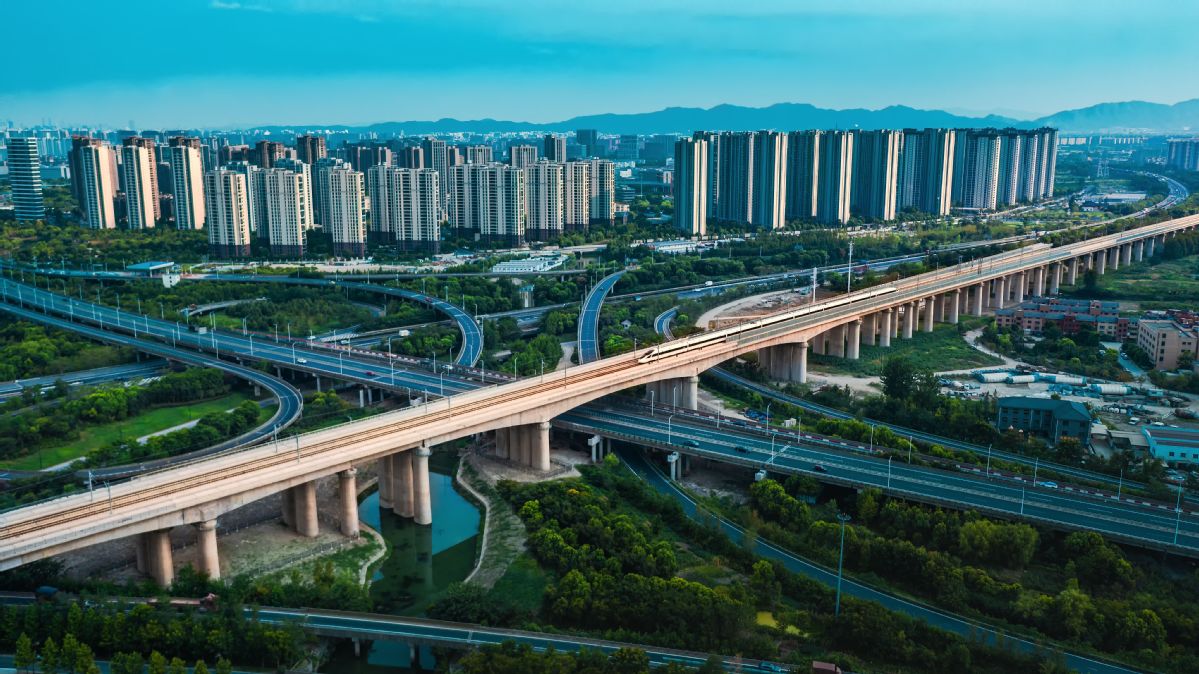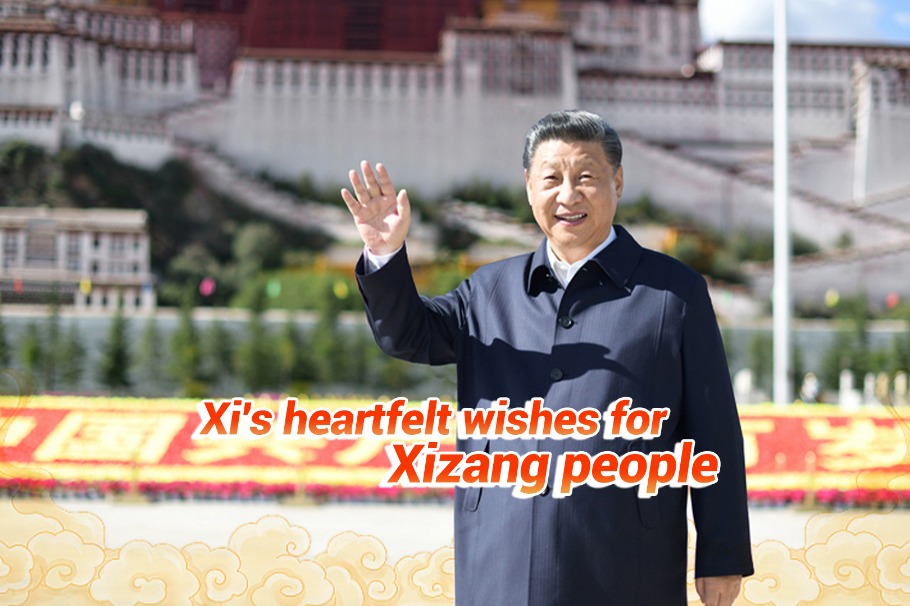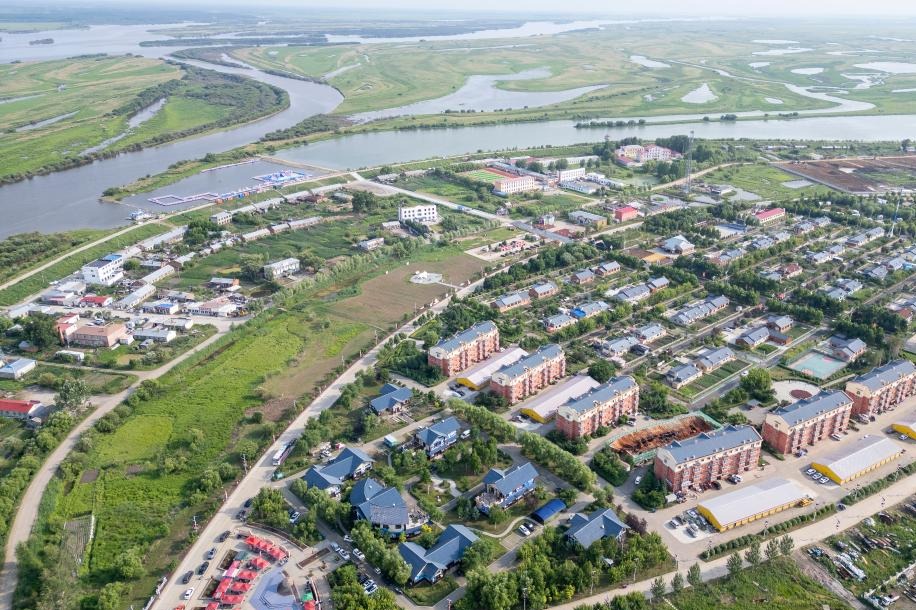Building a transportation network that's powering dual circulation


In an interview after the closing of the 20th National Congress of the Communist Party of China on Saturday, Li Shaojie, an engineer of the Third Engineering Co Ltd of China Railway 19th Bureau Group, recalled the construction of the Humaling Tunnel on the Lanzhou-Chongqing Railway, saying it now takes less than five seconds for the train to cross the last 173 meters of the tunnel, but it took six full years to build the tunnel.
The problem arose because every time construction of the tunnel advanced by even 1 meter, there would be a land collapse; many foreign experts doubted the project would ever get completed, Li said.
If you want to be rich, build roads first, so goes an ancient Chinese saying.
China has long believed that improving transport infrastructure is fundamental to boosting economic development, improving people's livelihoods and alleviating the development imbalance between regions. The opening of the Humaling Tunnel is just one example of China overcoming difficulties in transportation infrastructure construction.
In the past decade China has built the world's largest network of high-speed railways and highways, and a number of world-class ports and airports. It has built 955 high-speed railway stations and 40,000 kilometers of high-speed railway lines, which constitute the world's most developed and busiest high-speed railway network.
Around 93 percent of those Chinese cities that have a population of more than 500,000 are connected by high-speed rail, and the length of its operational railway lines has increased from 98,000 kilometers to 150,000 km. These constructions have injected strong momentum into the improvement of people's livelihoods and economic development.
In a big country like China with a vast territory and unbalanced regional development, it is of great importance to promote the construction of transportation infrastructure and establish a multi-level transportation network that can promote the smooth flow of domestic and international circulation.
China's top authorities have always stressed the goal of making China a transportation hub. China's transportation construction capacity and technical level have also been constantly improving.
Generations of Chinese people have dreamt of "transforming natural pits into thoroughfares". With the accelerated formation of a comprehensive transportation network, expressways, high-speed railways and airports are becoming public infrastructure that benefit all and connect different localities and people. This may be one of the most noticeable dividends and driving forces of China's modernization.

































